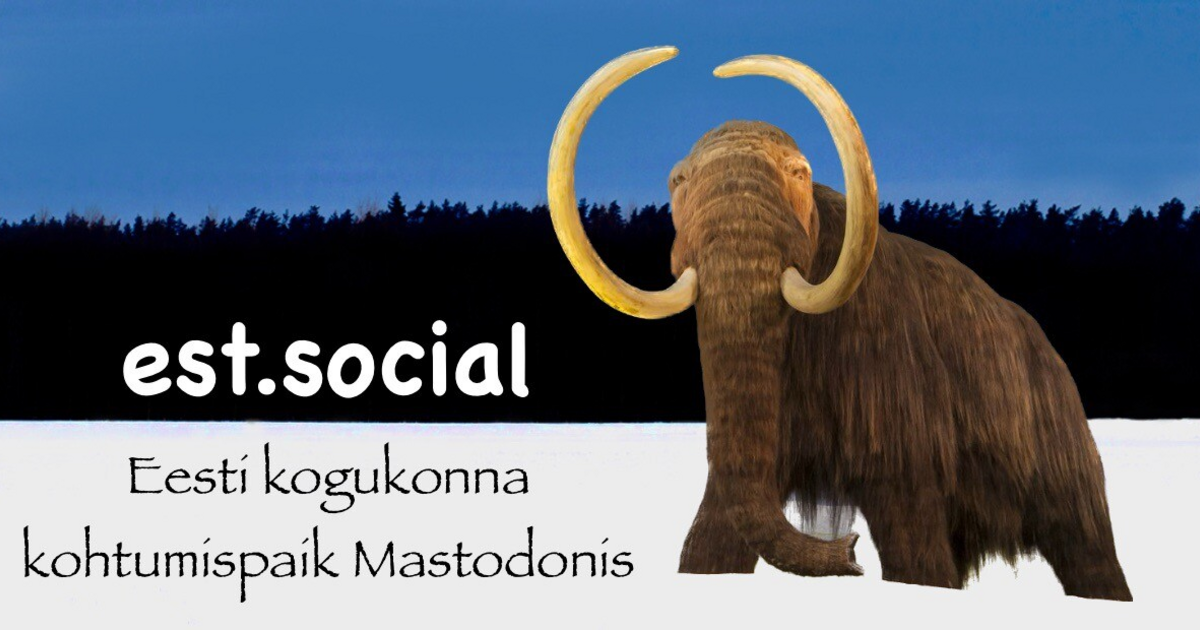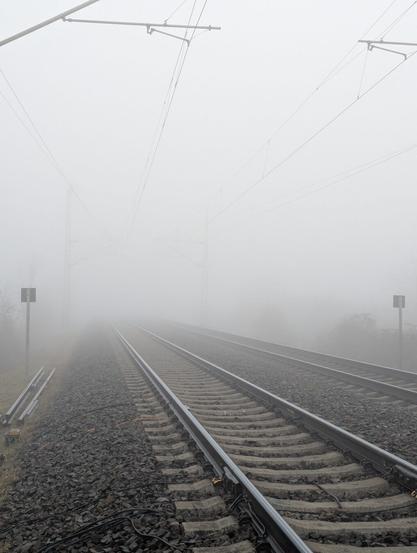Viimatised otsingud
Otsimisvalikud
#railroads
SN F-units at Niles
Set of Athearn Genesis HO Sacramento Northern (SN) F-units at the Tri-City Society of Model Engineers model railroad in the historic Niles depot in Fremont, CA on Friday night, February 28, 2025.
The real SN 301-A was an EMD F3A. Reportedly, it was built in 1948 as NYO&W 501, builders number 3146. Purchased in 1957 it became SN 301-A. It was retired circa 1970, traded to EMD.
#train #trains #railroads #WP #modelrailroading #hoscaletrains #hoscale
Rail.chat is a Mastodon server for train, rail and transit enthusiasts and experts. Topics include passenger and freight rail, other non-car options, and the economic, environmental and equity benefits of seamless mobility.
You can find out more at https://rail.chat/about or contact the admin @conductor

luxury development plays fast-and-loose with heritage railroad. shit sucks
https://youtu.be/28H4pQXfdCg
https://youtu.be/7xpZPbjUkDQ
https://archive.is/dLTwS
$400 million win for an Indian Tribe over a railroad.
Latvian Railway History Museum in Riga, Latvia
A collection of historical engines and rolling stock from throughout Riga's rich railway history.#trains #museumsandcollections #transportation #railroads #section-Atlas
Latvian Railway History Museum
Unlike many #rivers that terminate in a #seaport, the #LARiver was never navigable by ship. It was more of a marshy estuarial system, fanning out all over #wetlands. The placement of the #LosAngeles/ #LongBeach #ports is actually kind of arbitrary as far as the river is concerned--but the river had to be managed to support #railroads & later, freeways.
Here you can see downtown LA thru haze (& electrical pylons). DTLA is ~20 miles north of where the river terminates in San Pedro Bay
Today in Labor History September 16, 1945: 43,000 oil workers went on strike in 20 states. During WWII, most of the major unions collaborated with the U.S. war effort by enforcing labor “discipline” and preventing strikes. In exchange, the U.S. government supported closed shop policies under which employers at unionized companies agreed to hire only union members. While the closed shop gave unions more power within a particular company, the no-strike policy made that power virtually meaningless. When the war ended, inflation soared and veterans flooded the labor market. As a result, frustrated workers began a series of wildcat strikes. Many grew into national, union-supported strikes. In November 1945, 225,000 UAW members went on strike. In January 1946, 174,000 electric workers struck. That same month, 750,000 steel workers joined them. Then, in April, the coal strike began. 250,000 railroad workers struck in May. In total, 4.3 million workers went on strike. It was the closest the U.S. came to a national General Strike in the 20th century. And in December 1946, Oakland, California did have a General Strike, the last in U.S. history. Overall, it was the largest strike wave in U.S. history. In 1947, Congress responded to the strike wave by enacting the Taft-Hartley Act, restricting the powers and activities of labor unions and banning the General Strike. The act is still in force today and one the main reasons there hasn’t been a General Strike in the U.S. since 1945.
As Canadian railroads have grinded to a halt, several sectors of the US economy may follow
#Canada #canadian #economy #freight #freighttrains #laborstrikes #Railroads #shipping #strike #trains
https://theaegisalliance.com/2024/08/22/as-canadian-railroads-have-grinded-to-a-halt-several-sectors-of-the-us-economy-may-follow/?feed_id=321&_unique_id=66c7d4161407a
[Paywall] America Has a #HotSteel Problem
#Railways, #roads, #PowerLines, #batteries—the heat of #ClimateChange is making them all falter.
By Zoë Schlanger
August 14, 2024
"A basic fact of thermodynamics is coming to haunt every foot of train track in the United States. Heat makes steel expand, moving its molecules farther apart, and as hot days become hotter and more frequent, rail lines are at risk of warping and buckling more often.
"Any fix must deal with this fundamental truth of physics. #Railroads can slow their trains down, which avoids adding more heat. Or they can leave gaps in a rail (or cut them as an emergency measure), which relieves pressure that causes track to bulge but means a potentially bumpier and slower ride. Painting tracks white would help deflect heat, but the paint would need to be reapplied frequently. Adapting to this reality will be expensive, and might ultimately just look as it does now: slow the trains, cut the track, issue a delay.
"Our #infrastructure is simply becoming too hot to function, or at least function well. High heat can also cause bridges to fail, for the same reason as with train tracks. Roads can buckle, thanks to the thermodynamics of concrete and asphalt. In Alaska, where permafrost is thawing into a substrate more akin to a waterbed, roads can resemble an undulating line of ribbon candy. Heat has two effects on #PowerTransmission, and 'both of them are bad,' Bilal Ayyub, a civil-engineering professor at the University of Maryland, told me. One, heat reduces how much electricity power lines can deliver. Two, heat increases demand—everyone turns on their #AirConditioners in unison—further straining an already heat-strained grid, sometimes to its breaking point."
Rail.chat is a Mastodon server for railway and train fans. Discussing passenger and freight rail, its connections to transit and other non-car options.
You can find out more at https://rail.chat/about or contact the admin @conductor

Ran across something called the "Skunk Train", and am thinking that is not the best marketing name for a train ride. #railroads #tourism
Making Tracks posts videos of model trains and real life trains in Australia (and sometimes Germany). You can follow at:
If the videos haven't federated to your server yet, you can browse them all at https://makertube.net/a/making_tracks/videos
Ukraine Daily Summary - Monday, April 29
Two locomotives destroyed in Russia -- Behind the scenes with a Ukrainian drone-hunting unit -- ISW: Russia unlikely to achieve significant near-term gains near Avdiivka, despite limited Ukrainian retreat -- Russia detains 2 journalists on 'extremism' charges, accuses them of having worked with Navalny -- and more
https://writeworks.uk/~/UkraineDaily/Ukraine%20Daily%20Summary%20-%20Monday,%20April%2029/
Rail.chat is a Mastodon server for train and railway fans, as well as those interested in the wider topic of non-car transport options:
More info at https://rail.chat/about or contact the admin @conductor









